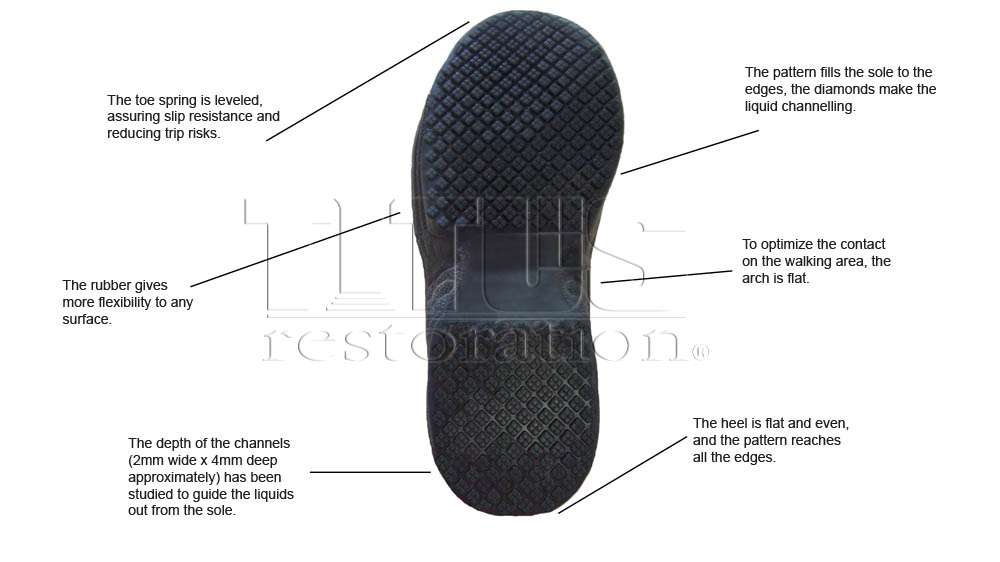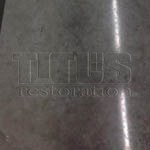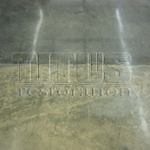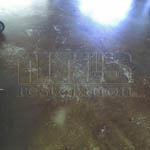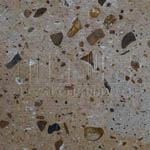Oil and Slip Resistant Shoes
The structural anatomy of oil and slip resistant shoes is important (or work boots, steel toe and others as well). Since footwear is the second leading cause of slips and falls, it is important to understand what the significant features are when developing a safety footwear program for your work place, industrial facility, factory, or…

